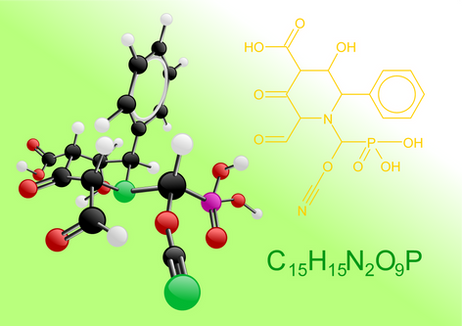HOME | DD
 unusable — Nomial Guide To Benzene Derivatives
unusable — Nomial Guide To Benzene Derivatives

Published: 2013-01-01 12:07:16 +0000 UTC; Views: 450; Favourites: 2; Downloads: 5
Redirect to original
Description
This is no definitive guide, but it does include some common scheduled substances....and while I'm at it, here's a brief explanation of every molecule.
Benzene:
Originally used as a major additive to gasoline to stabilize everything from butane to dodecane, it fell out of favor due to its carcinogenic properties, and necessity in other industrial processes.
In Russia and East Europe people still refer to gasoline as 'benzene' almost ubiquitously.
Toluene:
The main solvent used in modeling glue.
Prolonged exposure may cause damage to the nervous system.
Trinitrotoluene:
The result of repeated combination of heat and nitric acid with toluene.
TNT was originally used as a yellow dye, until it was placed as a delayed explosive in artillery shells.
Phencyclidine:
Commonly known as PCP or 'angel dust' this dissociative anesthetic has become notorious for causing irreversible personality changes and neurological problems.
Ethylbenzene:
Not common except in styrene synthesis and aluminum bromide solutions.
Mostly benign with no psychoactive or adverse side-effects.
Styrene:
The result of catalytic dehydrogenation of ethylbenzene.
The presence of the vinyl group allows for polymerization, making polystyrene, or almost every plastic product you see.
1-Phenylethylamine:
A toxic corrosive monoamine that mainly aids in chiral resolution of ketones for enantiopure amine drugs.
Acetophenone:
The simplest aromatic ketone and main ingredient used in flavored drinks and fragrances.
Has the sweet smell of cherry, almond, and honeysuckle.
Ephedrine:
The alkaloid extracted from the Ephadra plant that increases noradrenaline receptor activity.
Through oxidation, it can easily turn into a more potent and dangerous stimulant (ephedrone) that induces tachycardia.
Phenylethylamine:
The relatively benign base for an immense family of psychoactive stimulants.
Initial monoamine oxidase metabolism prevents it reaching the brain to have any effect.
2C-H:
2,5-dimethoxyphenethylamine base of the 2c family of psychoactive drugs.
Just like phenlyethylamine, it cannot reach the brain due to rapid metabolism by monoamine oxidase.
2C-B:
A variation on 2C-H with a lipophilic bromide added to the 4 position for longer action and metabolic stability.
Deemed illegal since 1995.
Mescaline:
Psychadelic alkaloid derived from the Peyote cactus and various other small cacti.
Has been in use for over 3000 years by indigenous Mexicans.
2C-T-21:
The first psychoactive drug to contain 6 different chemical elements, resulting in high potency as well as toxicity.
Illegal to obtain, but not yet scheduled.
Fentanyl:
A narcotic analgesic that has 100 times the potency of morphine.
Legally available and easy to overdose.
Ohmefentanyl:
Fentanyl with an aditional hydroxy and methyl group.
6300 times more effective than morphine, it is used to tranquilize elephants.
I will update the rest later...

























